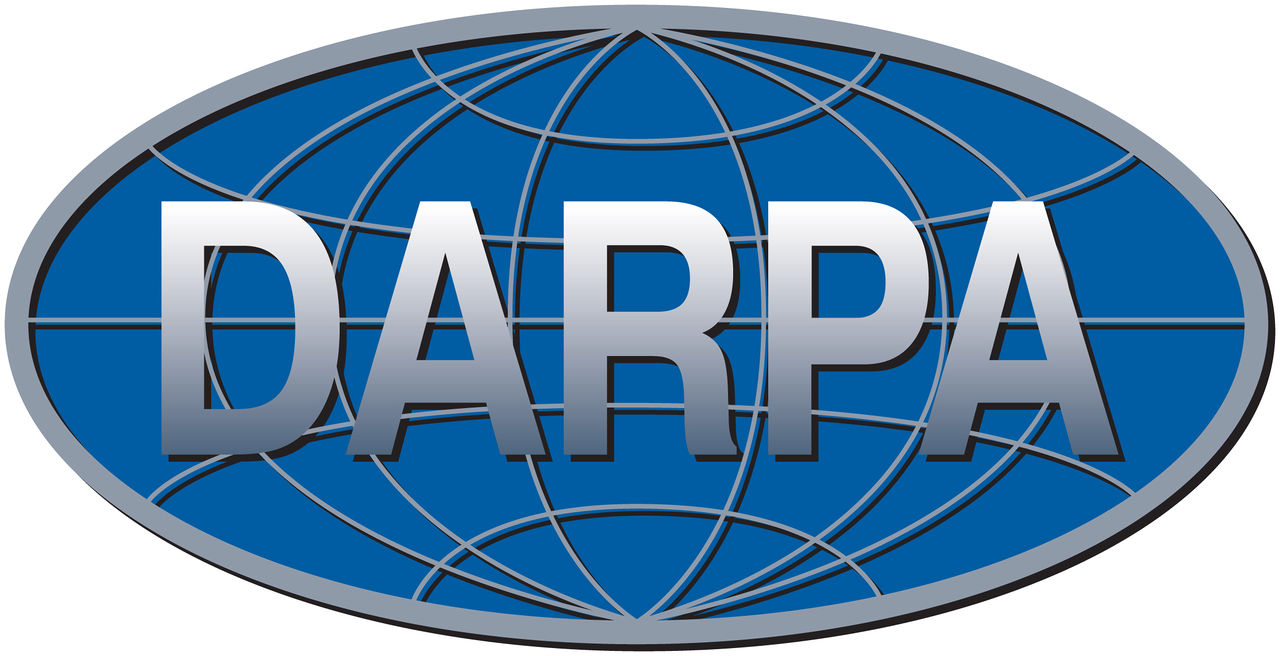 Fast AI: Datacenter and Edge Computing (PI): A major challenge highlighted by our Air Force stakeholders (PEO Digital, PEO Fighters and Bombers, 412th Test Wing, Air Force Materiel Command) and others is in ingesting large amounts of diverse data and processing it in a timely manner to achieve a more global view, detect complex interconnected anomalies and predict future problems.
Unfortunately, without a paradigm shift in how we build systems to store, integrate, and continuously analyze the increasing amount of sensor, image, and video data, the Air Force will be severely limited in their capabilities to extract value from collected data as Moore's law ends and human resources to perform data integration and analysis are limited.
Fast AI: Datacenter and Edge Computing (PI): A major challenge highlighted by our Air Force stakeholders (PEO Digital, PEO Fighters and Bombers, 412th Test Wing, Air Force Materiel Command) and others is in ingesting large amounts of diverse data and processing it in a timely manner to achieve a more global view, detect complex interconnected anomalies and predict future problems.
Unfortunately, without a paradigm shift in how we build systems to store, integrate, and continuously analyze the increasing amount of sensor, image, and video data, the Air Force will be severely limited in their capabilities to extract value from collected data as Moore's law ends and human resources to perform data integration and analysis are limited.
In this project, we take a radically different approach to (1) cloud storage, (2) integration, and (3) analysis for normal and abnormal behavior.
We propose three components, one for each sub-problem but integrated into a single system, which deeply embed machine learning within the system itself to allow it to self-optimize for a set of applications.
Previous results of this approach have already shown great promise achieving, and often outperforming, alternative solutions by orders-of-magnitude in performance.
 Google Faculty Research Award (PI) and Focussed Research Award for
Google Faculty Research Award (PI) and Focussed Research Award for  Research Award for
Research Award for  Research Award for
Research Award for  Together with Oracle and Mellanox we are investigating the implications of RDMA on OLTP and OLAP data management systems. (PI)
Together with Oracle and Mellanox we are investigating the implications of RDMA on OLTP and OLAP data management systems. (PI)



 Data Management for Small High-Performance Clusters (PI)
Two current hardware trends will fundamentally change the design of modern parallel analytical systems:
(1) high-performance RDMA capable networks such as Infiniband FDR/EDR and
(2) high-end many-core machines with considerable amounts of main memory.
Existing parallel analytical systems, such as Spark and Hadoop, are built in a fundamentally wrong way to effectively leverage the benefits of these trends since these systems target the wrong hardware:
huge cloud deployments with cheap but low-end machines connected via high-latency low-bandwidth networks.
This is not the infrastructure most businesses nor defense agencies operate.
Instead, for the increasing need for advance statistical machine learning techniques and agile analytics we see the future in Small High-Performance Computing (SHPC) clusters.
Already today, SHPC clusters that are equipped with fast networks and terabytes of main memory are reasonably affordable.
Together with Airforce we are exploring how data management systems, especially analytical systems, for SHPC clusters have to change.
Data Management for Small High-Performance Clusters (PI)
Two current hardware trends will fundamentally change the design of modern parallel analytical systems:
(1) high-performance RDMA capable networks such as Infiniband FDR/EDR and
(2) high-end many-core machines with considerable amounts of main memory.
Existing parallel analytical systems, such as Spark and Hadoop, are built in a fundamentally wrong way to effectively leverage the benefits of these trends since these systems target the wrong hardware:
huge cloud deployments with cheap but low-end machines connected via high-latency low-bandwidth networks.
This is not the infrastructure most businesses nor defense agencies operate.
Instead, for the increasing need for advance statistical machine learning techniques and agile analytics we see the future in Small High-Performance Computing (SHPC) clusters.
Already today, SHPC clusters that are equipped with fast networks and terabytes of main memory are reasonably affordable.
Together with Airforce we are exploring how data management systems, especially analytical systems, for SHPC clusters have to change.